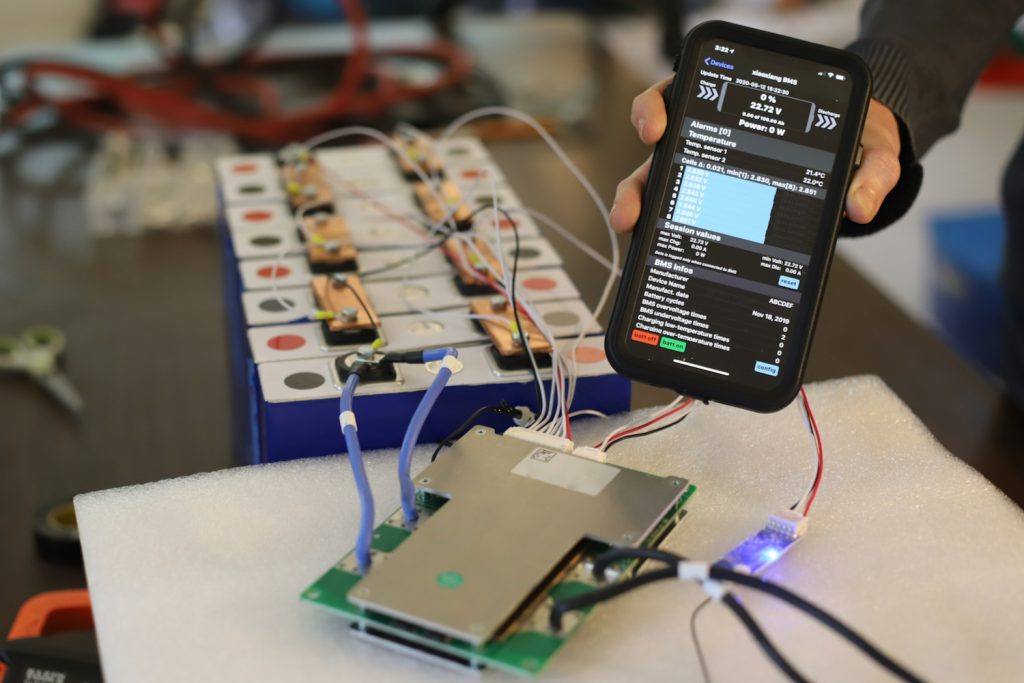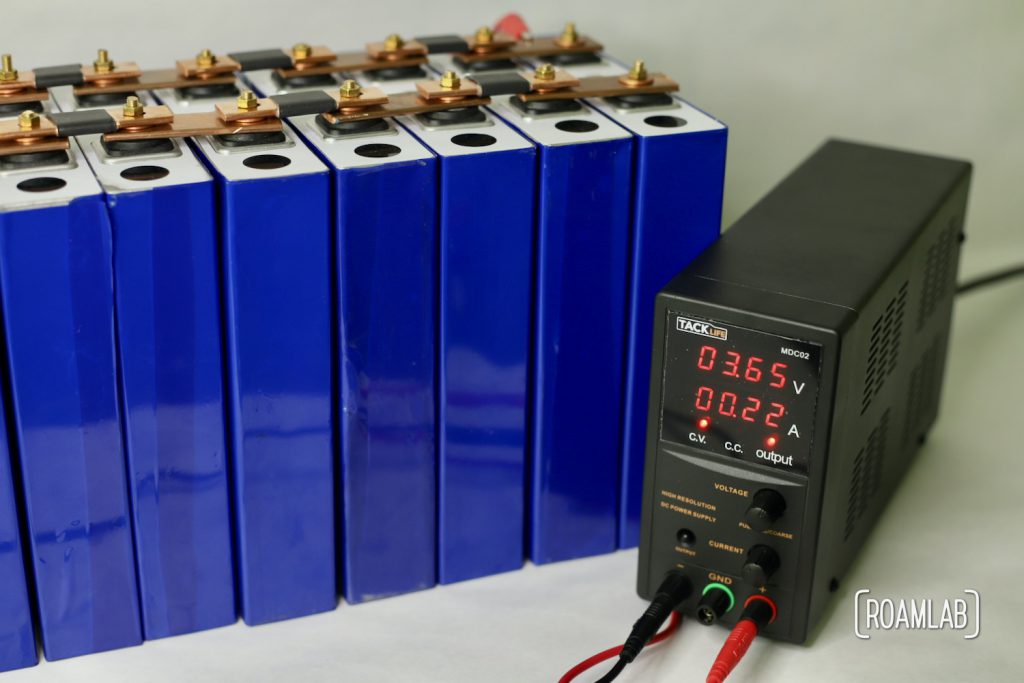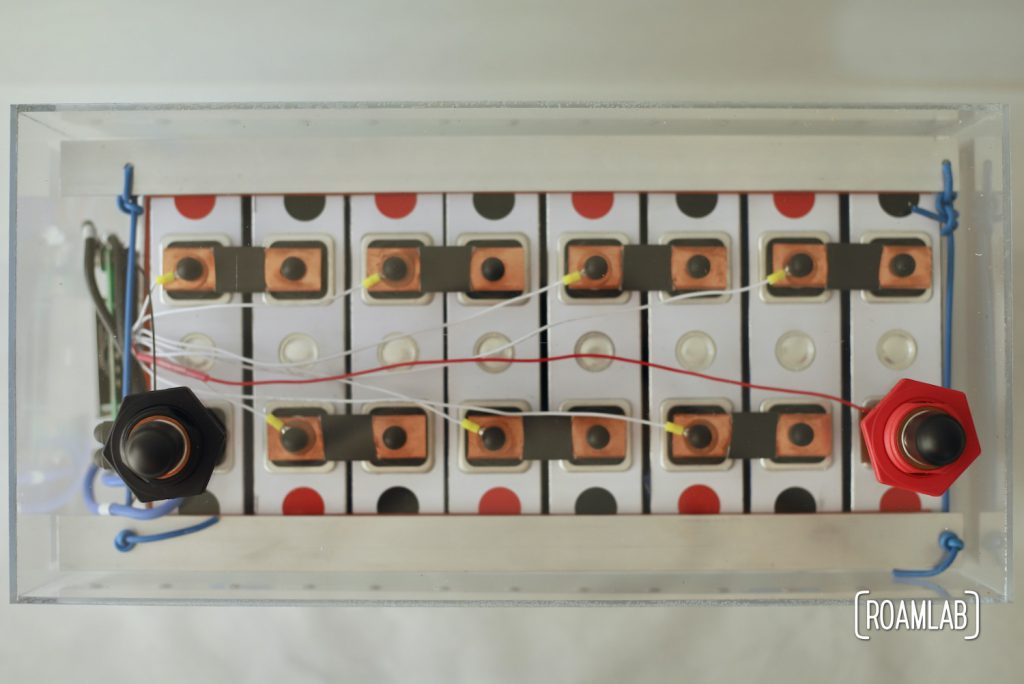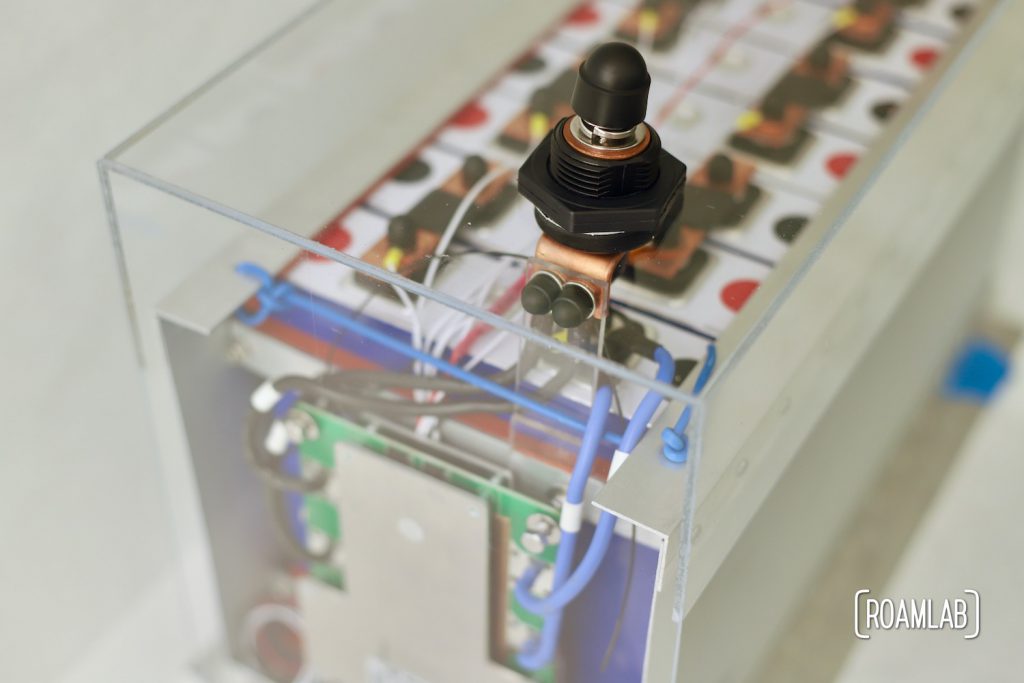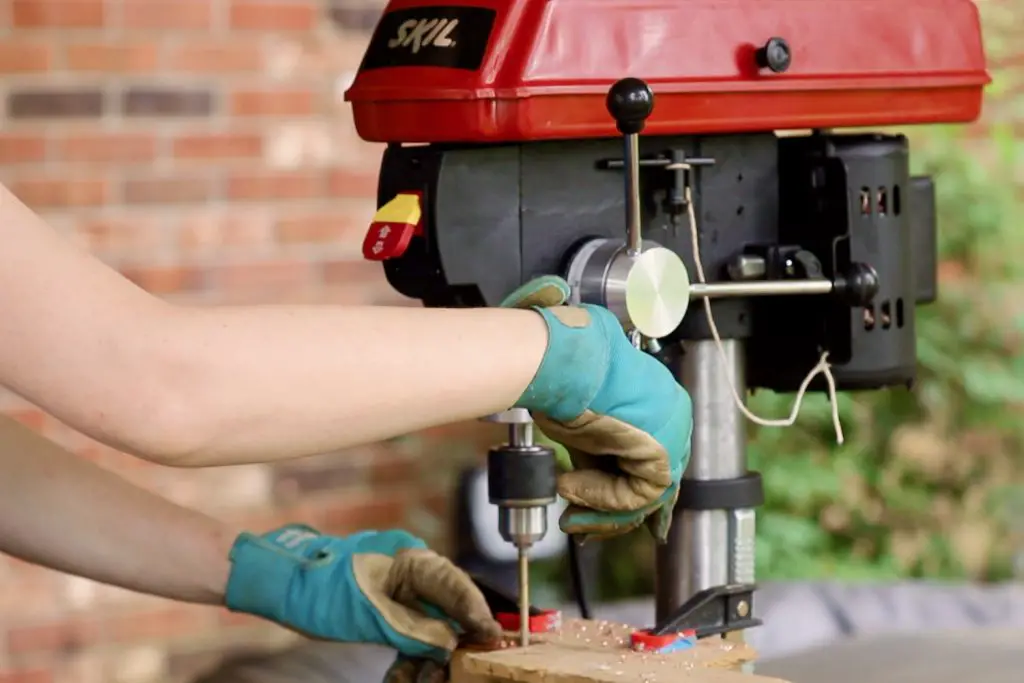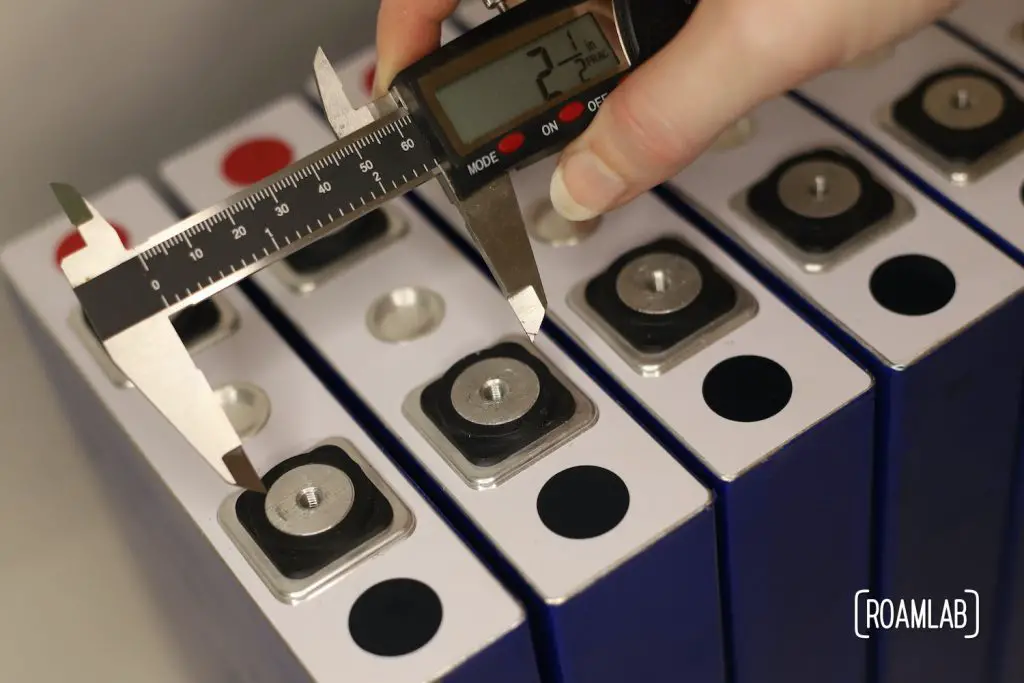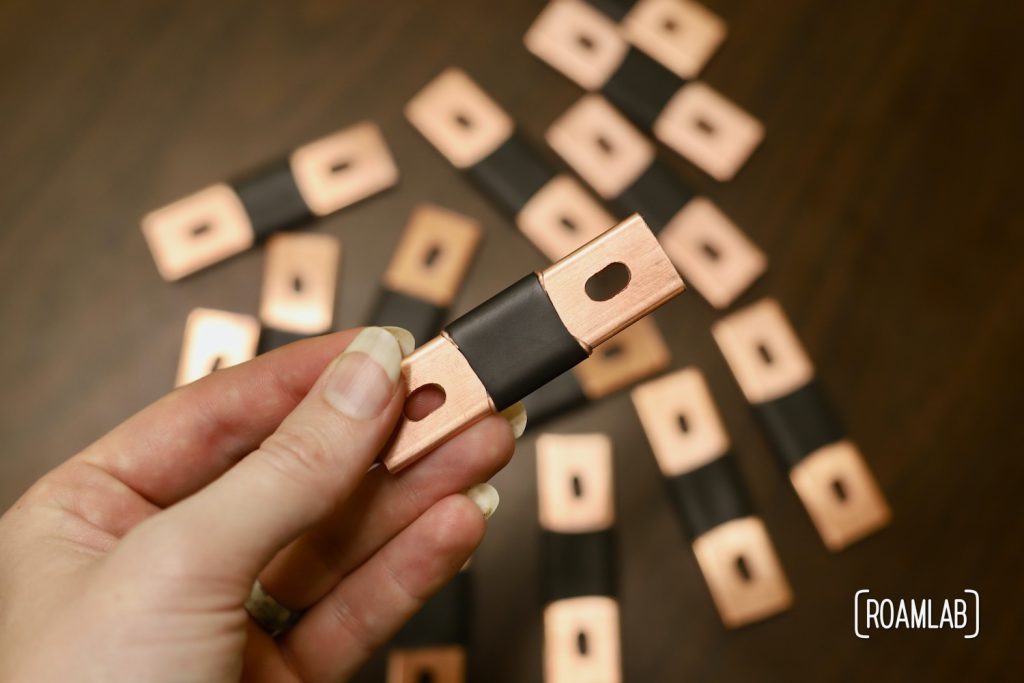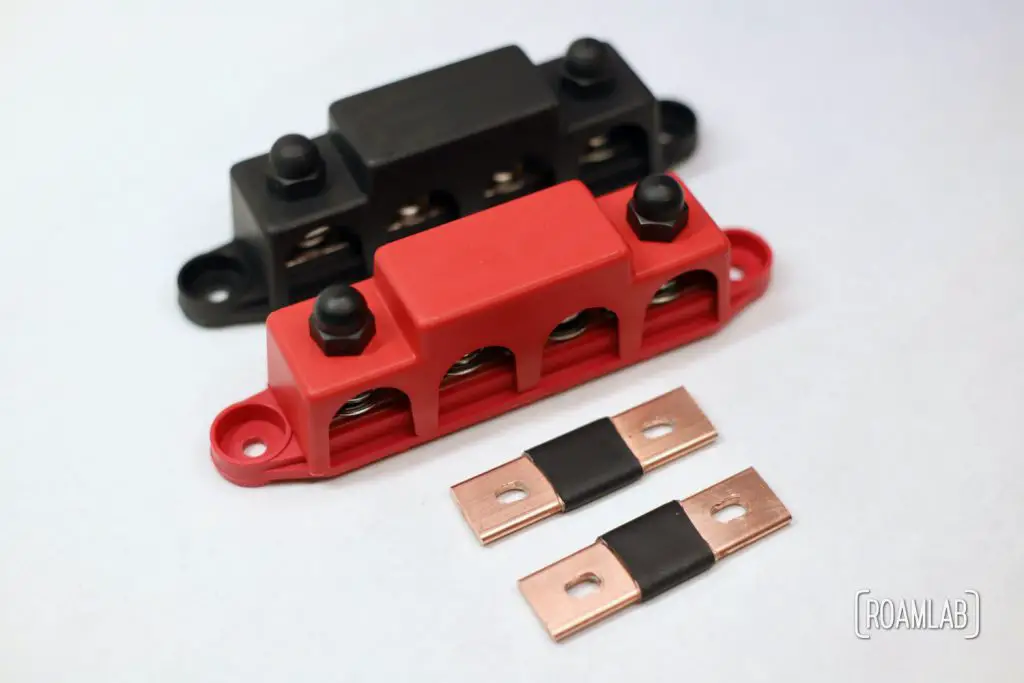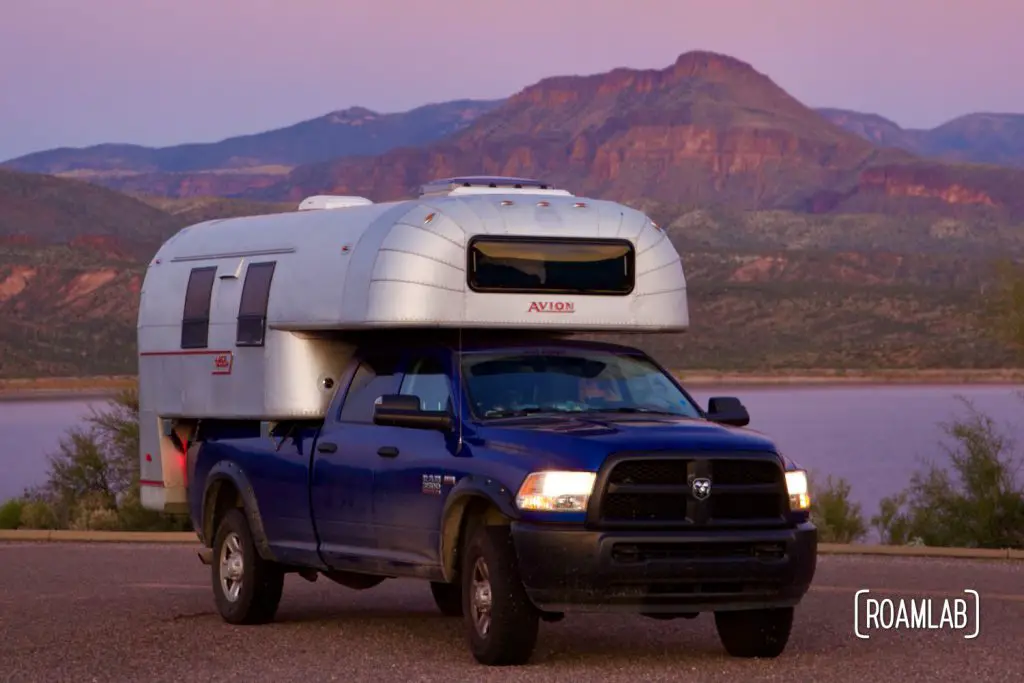Building our own LiFePO4 Batteries
While there are a lot of lithium batteries on the market, we decide to do it ourselves by assembling sixteen LiFePO4 battery cells into two 24-volt 360-amp-hour batteries. Along with diving deep into subjects such as parallel vs. series connections, bus bars vs. cables, and battery management systems, we also construct our own battery boxes and bus bars. The end result is a unique set of batteries.

Selecting voltage, amperage, & chemistry
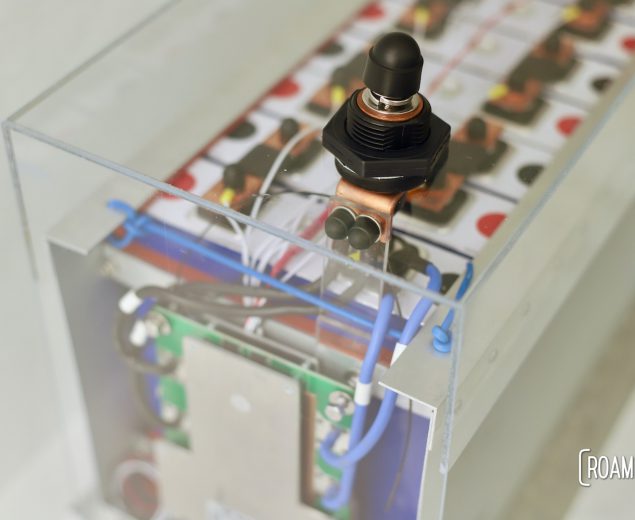
Bringing all the parts together
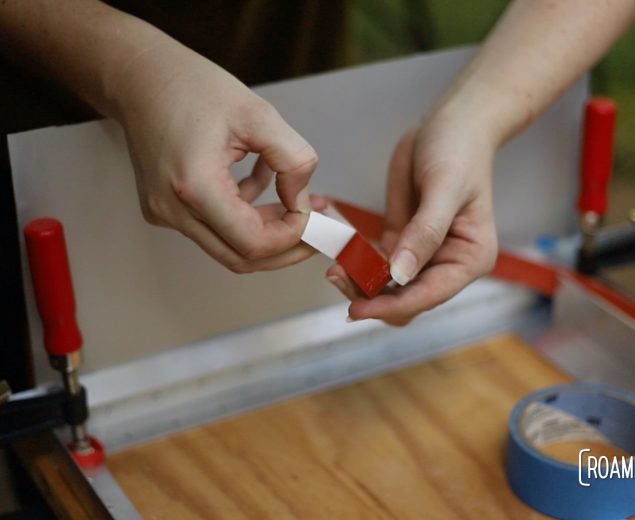
Selecting voltage, amperage, & chemsitry
RV Batteries 101
What to know when picking a battery
Sourcing batteries for an RV is a balancing act between many different concerns. Price, weight, efficiency, and safety are all major concerns when settling on a power source that will be inside our home on wheels. Fortunately, we’ve broken down these variables and more to decide what batteries make the best power sources for RVs.
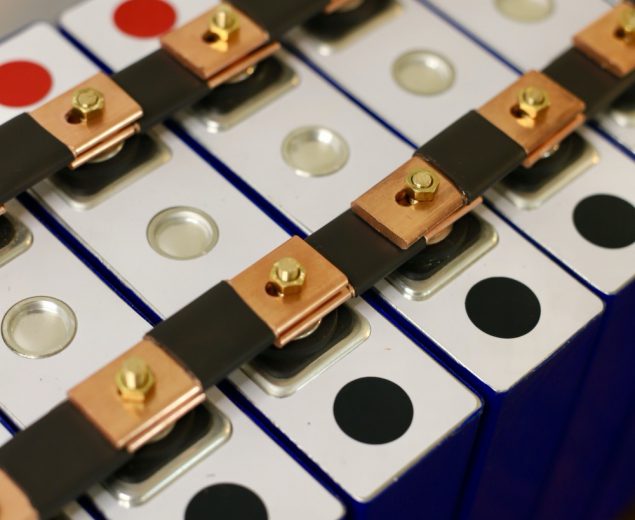
Lead Acid vs. Lithium
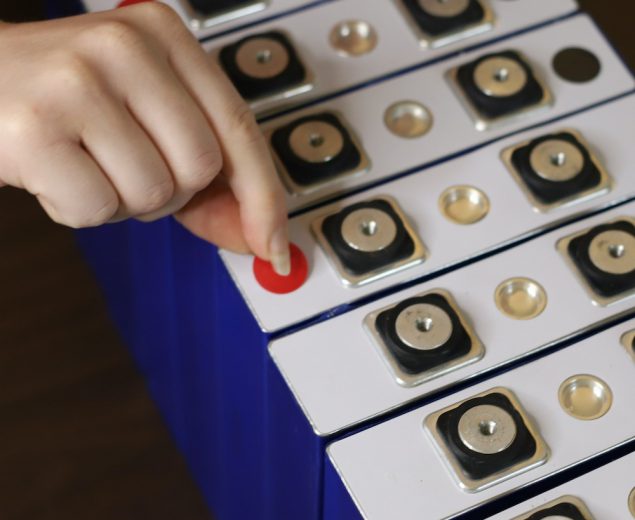
Chemistry, voltage, amp-hours, and vendors
Battery Design
Before we can build our battery, we need to settle on how we want that battery to operate. After settling on LiFePO4 batteries for our build, we go ahead and order 16 cells. Why sixteen? We knew we planned to build a fulling electric camper, so we needed a lot of power. But we can’t simply buy a 12-volt cell. We make a 12-volt battery by combining 3.2-volt cells. And sixteen cells gives us a lot of options for arrangements.
Parallel vs. Series
Arranging battery cells to make our ideal battery
We have sixteen 3.2-volt 180-amp-hour LiFePO4 battery cells to power our truck camper. Depending on how we arrange them, we can have anything between a 3.2-volt to a 48-volt battery. It’s all a matter of understanding parallel and series connections and how they affect amperage and voltage.

How we arrange our battery cells
Everything Else
There is more to a battery than just cells. While we know how we want to arrange the battery cells, we first need to connect, manage, and protect the cells. For that, we have bus bars, a battery management system (BMS), and a battery box. You don’t need to ask; of course, we made the bus bars and battery box. Check them out!
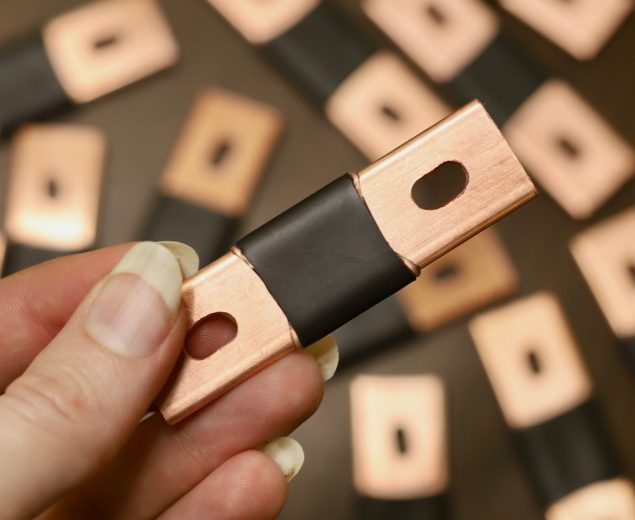
Making Our Own Connections
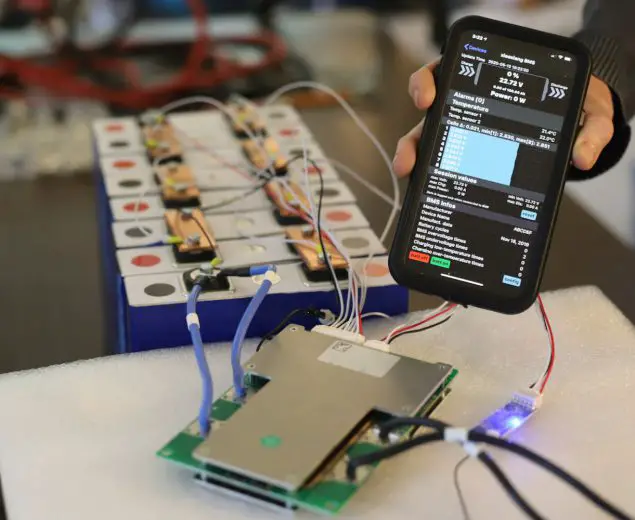
Guaranteeing battery efficiency & health
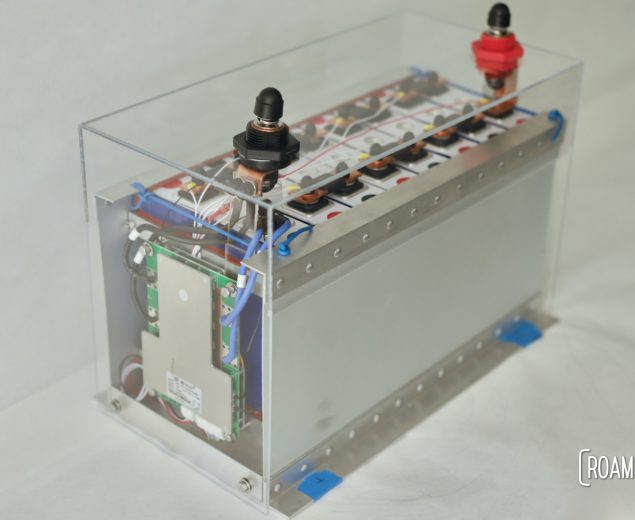
Securing, protecting, and showing off our battery
Assembling The Battery
With all the components together, we are ready to assemble the battery. It took a lot of research and preparation to get here but when the time comes we make quick work of the battery.
A Video Walkthrough
Bringing it all together
After building a custom battery box, crafting bus bars, balancing our battery cells, and prepping the battery management system, assembling our two lithium batteries is delightfully straightforward. Follow along with this satisfying timelapse video.

The Latest From Roam Lab
We are always tweaking our system. See what’s new in our most recent posts.






